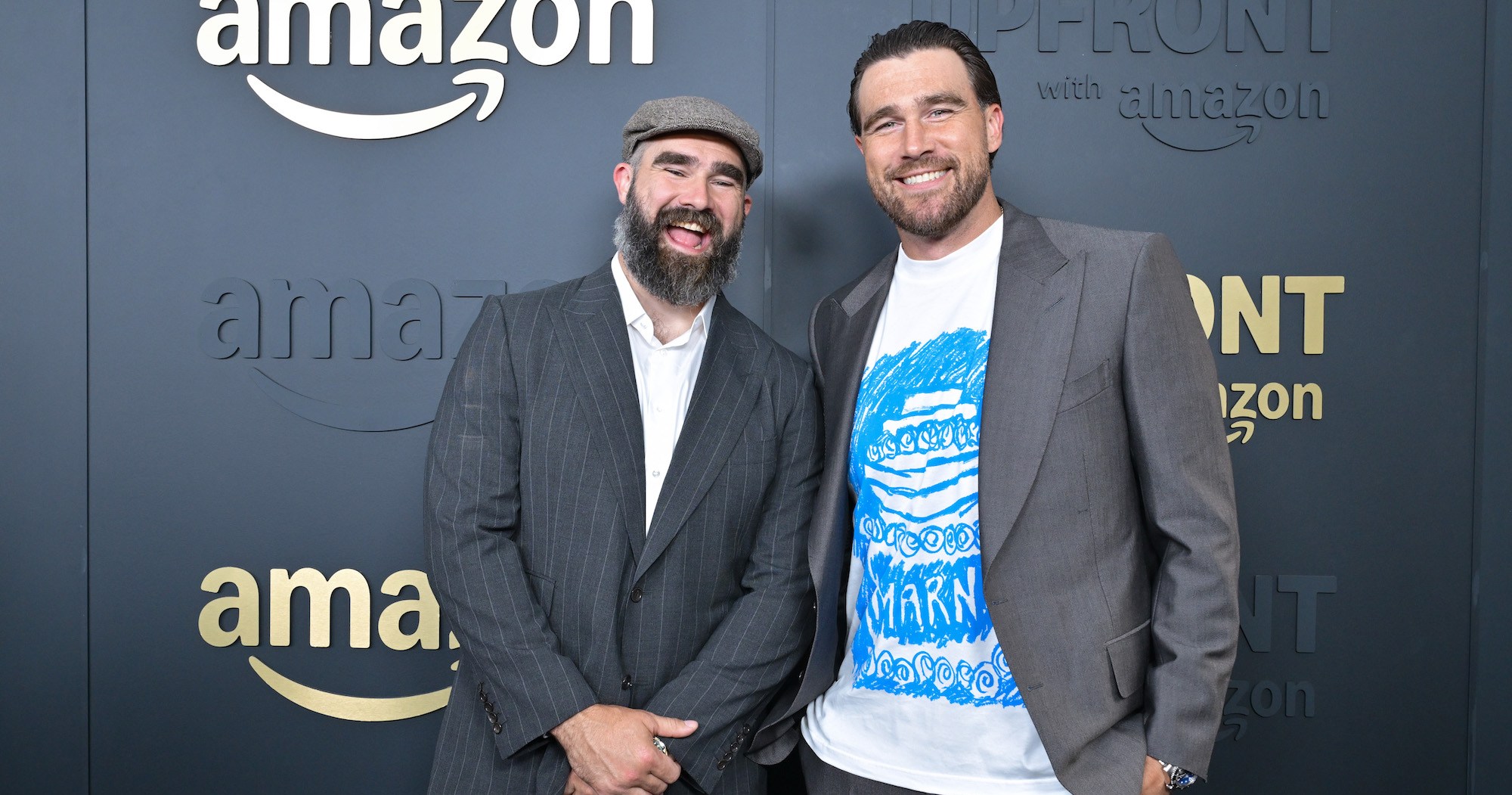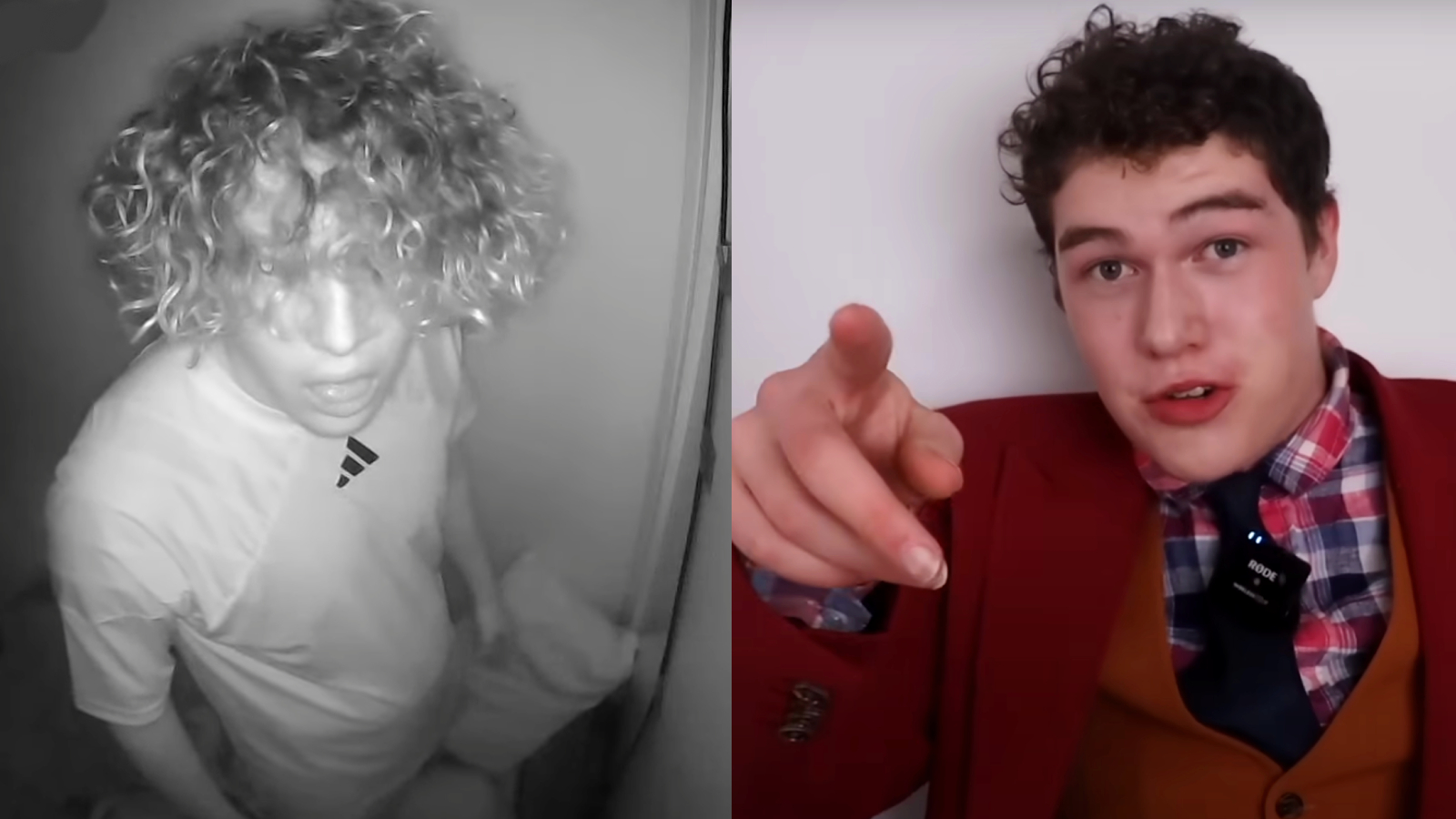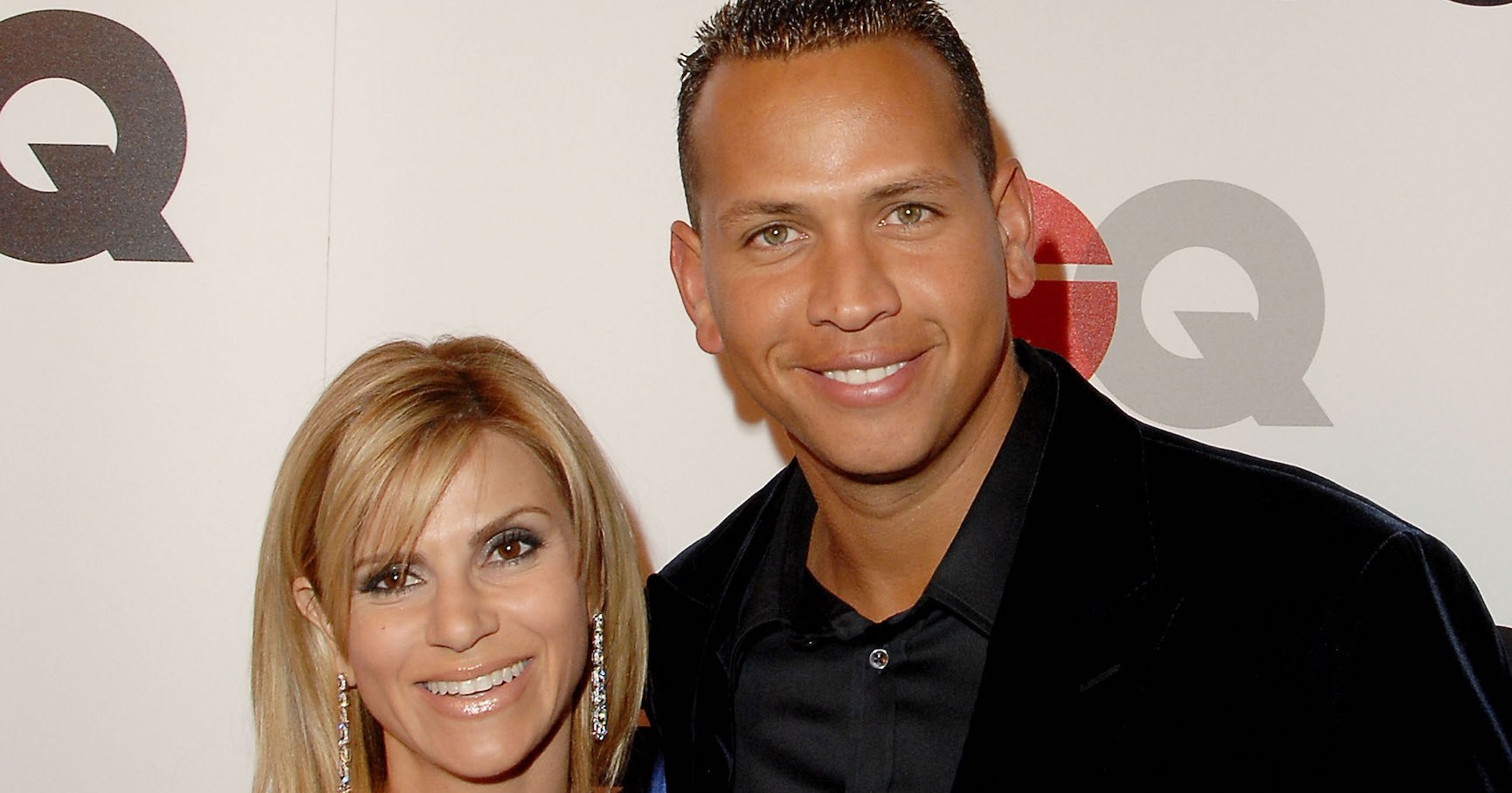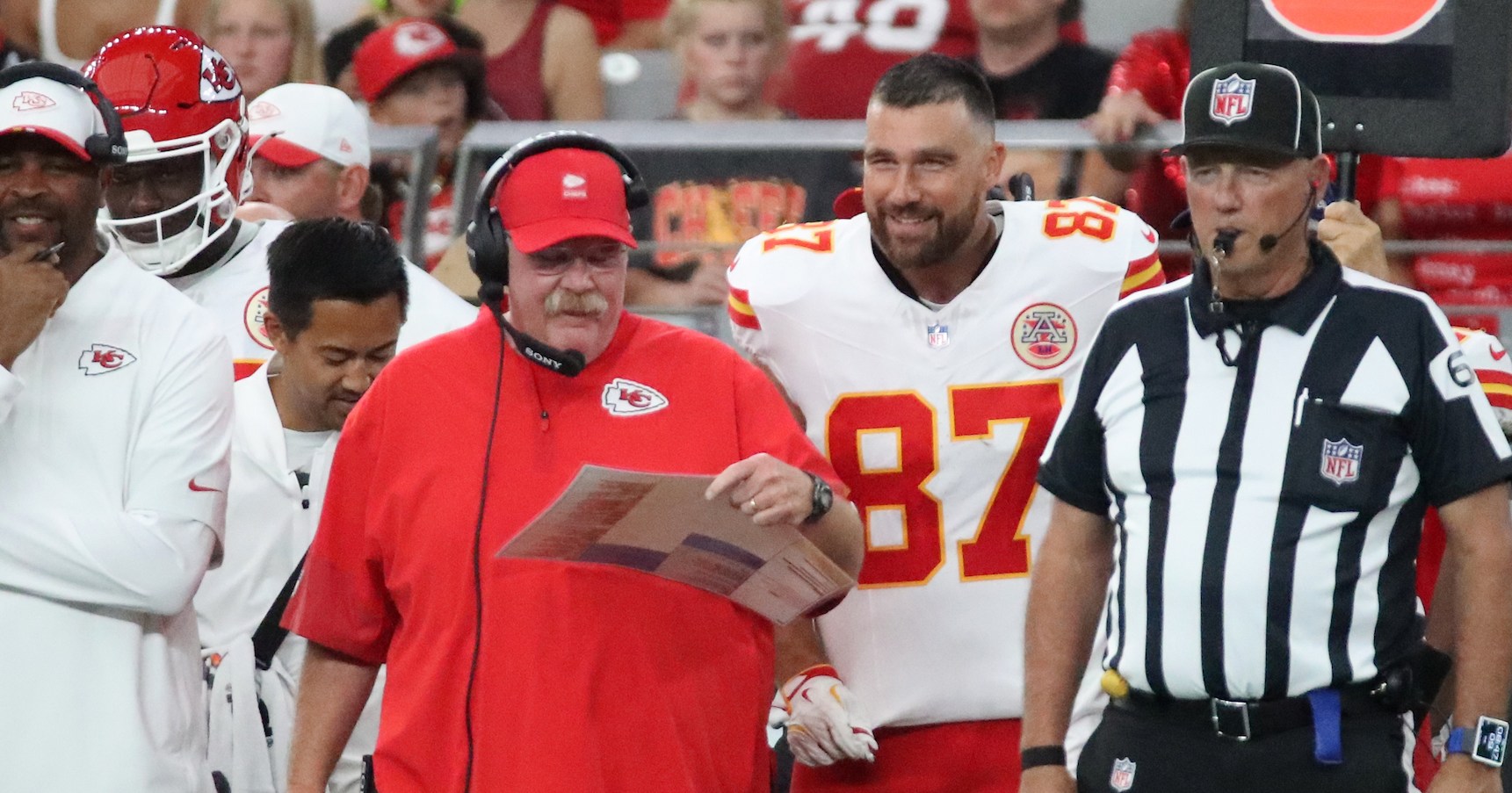Celebrating 50 Years of "Jaws": Test Your Knowledge
On Friday, "Jaws" reaches its 50th anniversary, a milestone for a film that has captivated audiences for decades. Its legacy as a classic continues to thrive, but how well do you know the intriguing details behind this cinematic masterpiece?
Did you know that Steven Spielberg named the mechanical shark "Bruce" after his lawyer, Bruce Ramer? This quirky tidbit is just one of many that surround the film.
Before settling on "Jaws," author Peter Benchley considered several titles for his 1974 novel, including "Leviathan Rising" and "Silent Fall." Ultimately, he chose "Jaws," a name he admitted was short and somewhat ambiguous.
The iconic image of the shark rising from the water was inspired by the paperback cover illustrated by Roger Kastel. To create this artwork, Kastel visited the American Museum of Natural History to photograph a great white shark.
While "Jaws" was filmed on Martha's Vineyard, the inspiration for Benchley's story came from Nantucket, where he fished with his father. The fictional setting of Amity Island is actually located on Long Island's south shore.
Initially, Dick Richards was slated to direct the film, but producer Richard D. Zanuck dismissed him after he mistakenly referred to the shark as a whale during a meeting.
Charlton Heston expressed interest in portraying the police chief of Amity Island, but Spielberg ultimately cast Roy Scheider in the role.
The Orca, the fishing boat central to the film's plot, became a cultural reference point. Just two years after "Jaws," a film titled "Orca" about a killer whale hit theaters.
Saltwater posed significant challenges for the mechanical shark, built by special effects artist Bob Mattey. The corrosive nature of the ocean rendered it unusable at times, prompting Spielberg to delay revealing the shark until later in the film. This decision contributed to the suspense that made "Jaws" a groundbreaking thriller. Spielberg estimated that these mechanical issues added $175 million to the film's box office success.
Interestingly, viewers don't see the shark until one hour and 21 minutes into the movie. The famous line, "You're gonna need a bigger boat," was ad-libbed by Scheider but had been circulating among the crew as a humorous catchphrase during production.
The chilling backstory of Quint's hatred for sharks stems from the sinking of the USS Indianapolis during World War II. This monologue, not found in Benchley's novel, was crafted by uncredited screenwriter John Milius. While there has been debate over authorship, Robert Shaw's performance is widely credited with giving it emotional weight.
Though Spielberg does not appear on screen, his voice can be heard during a pivotal moment when Quint prepares his harpoon. Additionally, Spielberg's clarinet skills are featured briefly in John Williams' score, and his cocker spaniels made an appearance as Brody's dogs. Benchley himself even made a cameo as a TV reporter during the beach scene.
The production timeline extended from an anticipated 55 days to 159 days, with costs ballooning from an initial budget of $4 million to $9 million, plus an additional $3 million in post-production expenses. Originally slated for a Christmas release, "Jaws" became the prototype for summer blockbusters.
Despite some controversy, the Motion Picture Association of America assigned "Jaws" a "PG" rating. At that time, there was no PG-13 rating; it was introduced later in 1984. Jack Valenti, then-president of the MPAA, defended this rating by stating that "Jaws" depicted nature's violence rather than human-on-human violence. The film's poster even warned that it "MAY BE TOO INTENSE FOR YOUNGER CHILDREN."
"Jaws" garnered four Oscar nominations and won three: best sound, best editing, and best score for John Williams. The competition for best picture was fierce that year, with nominees including "Dog Day Afternoon," "Barry Lyndon," and "One Flew Over the Cuckoo's Nest," which ultimately took home the award.

















